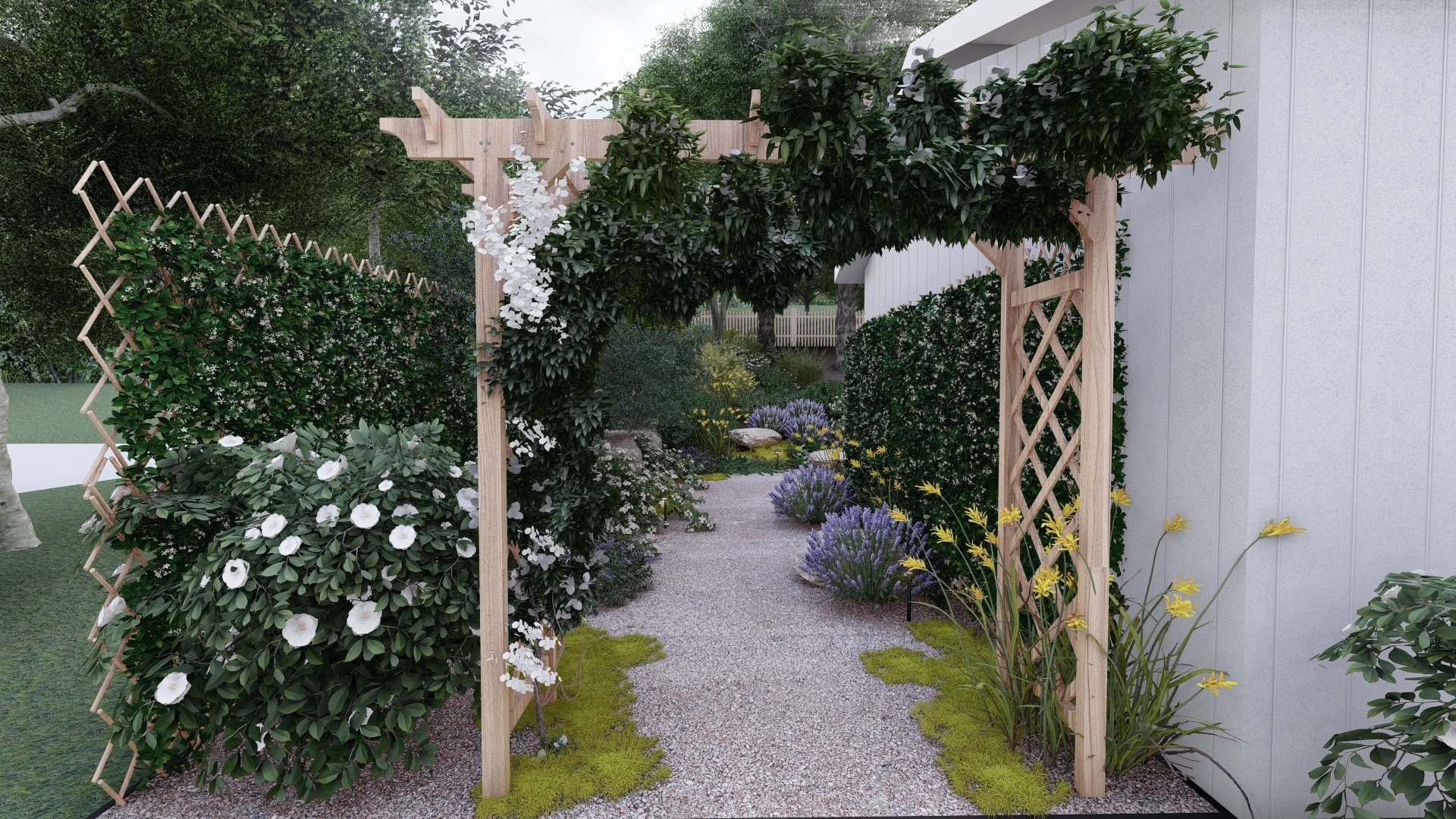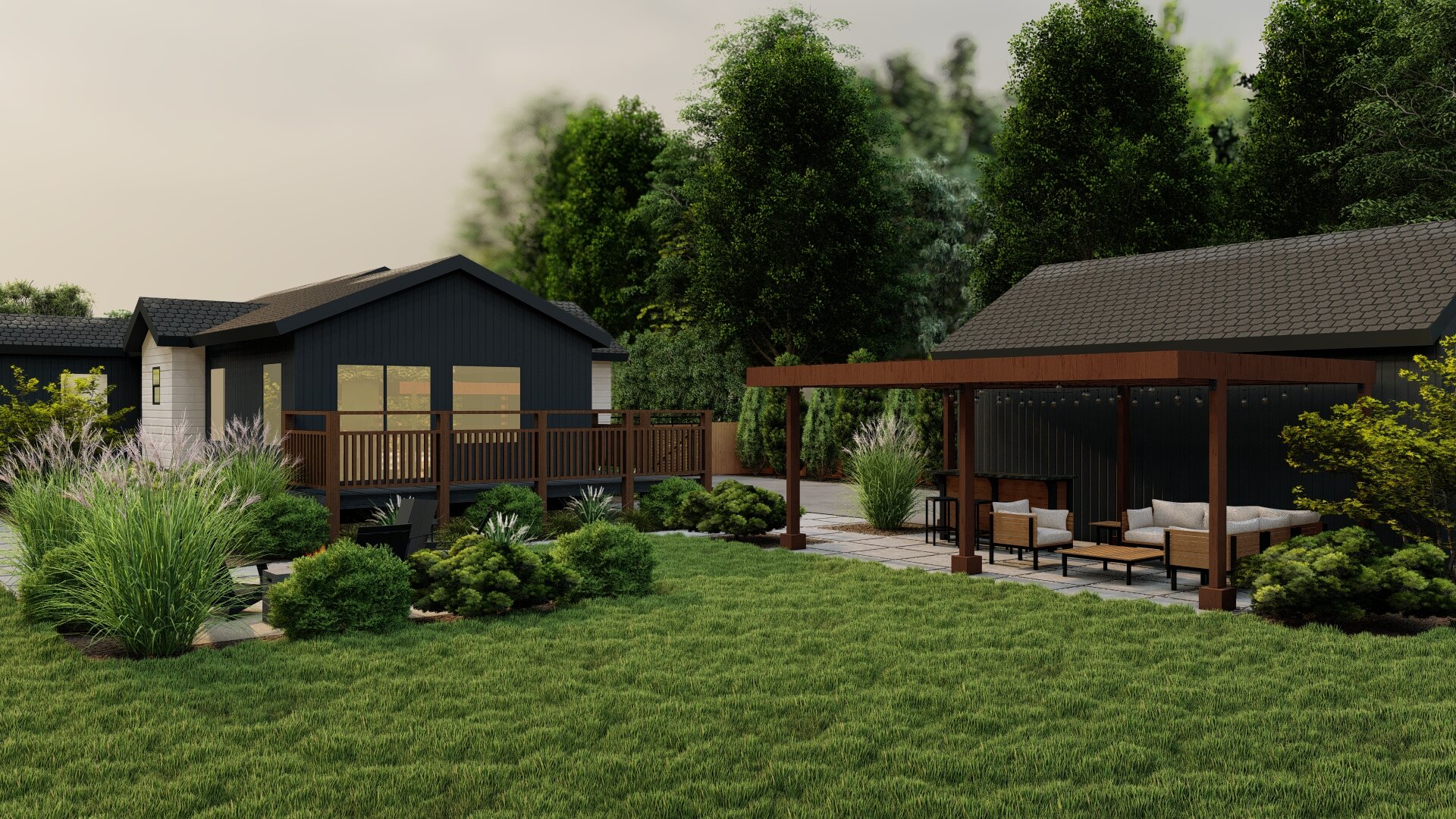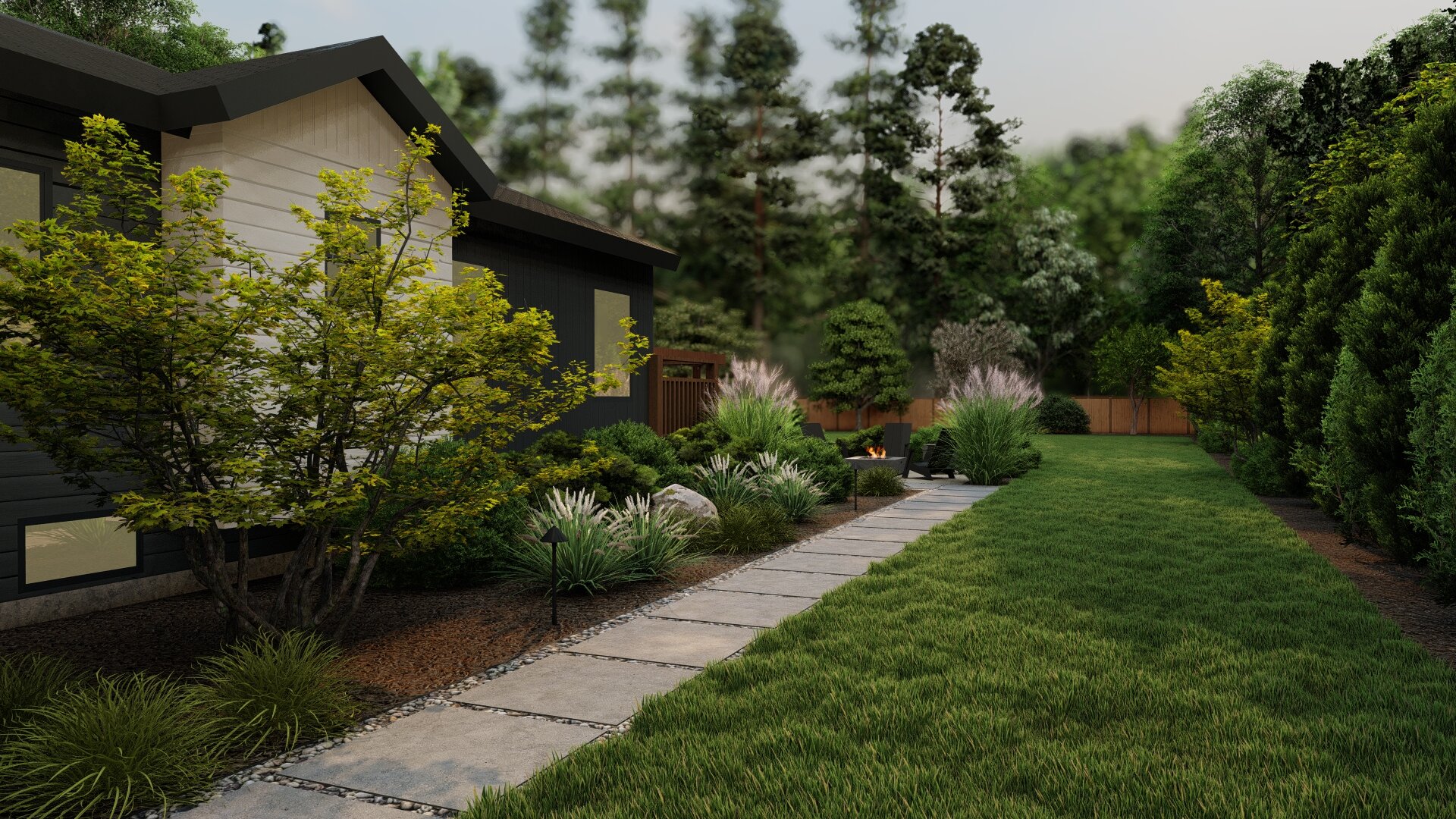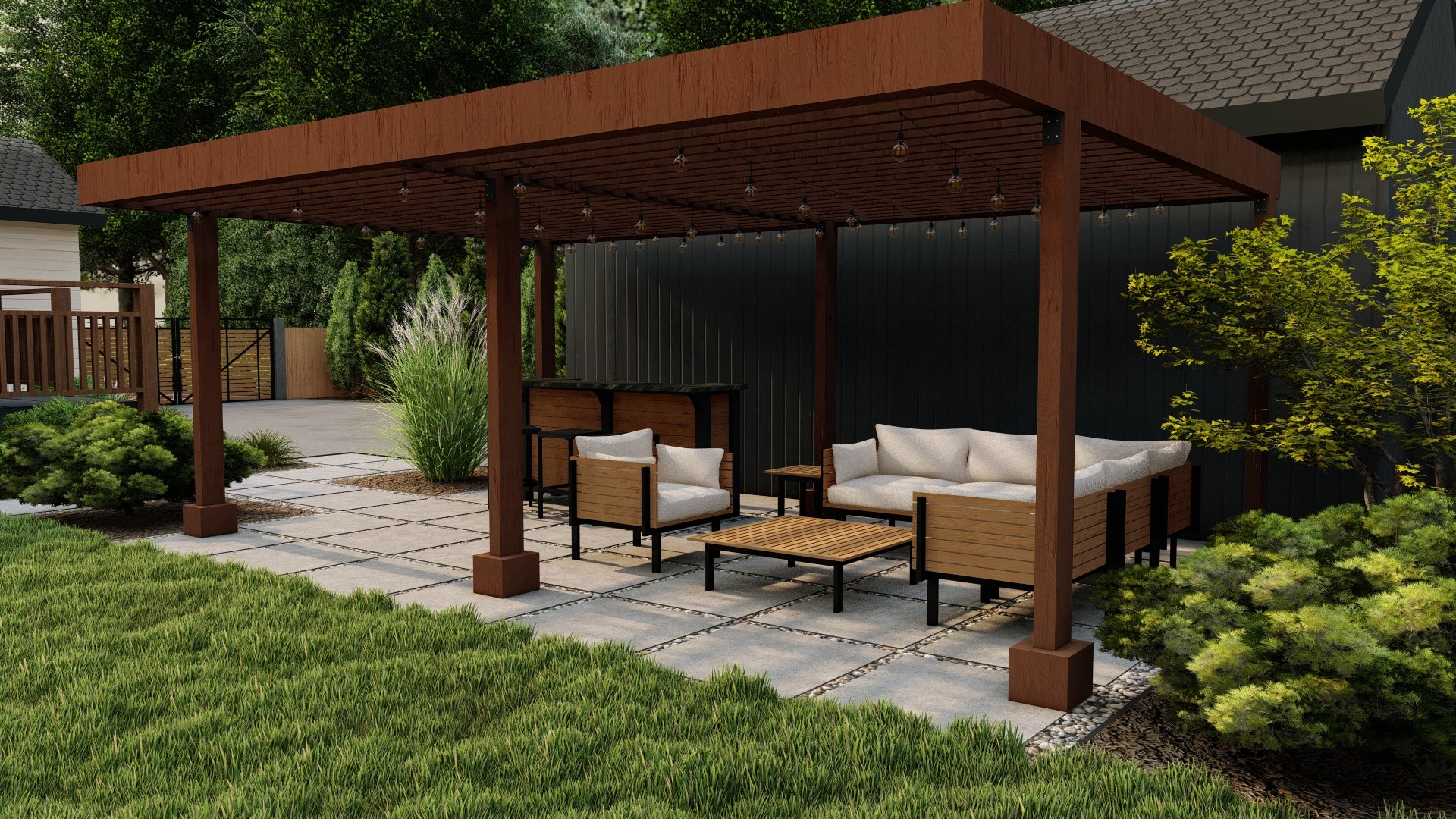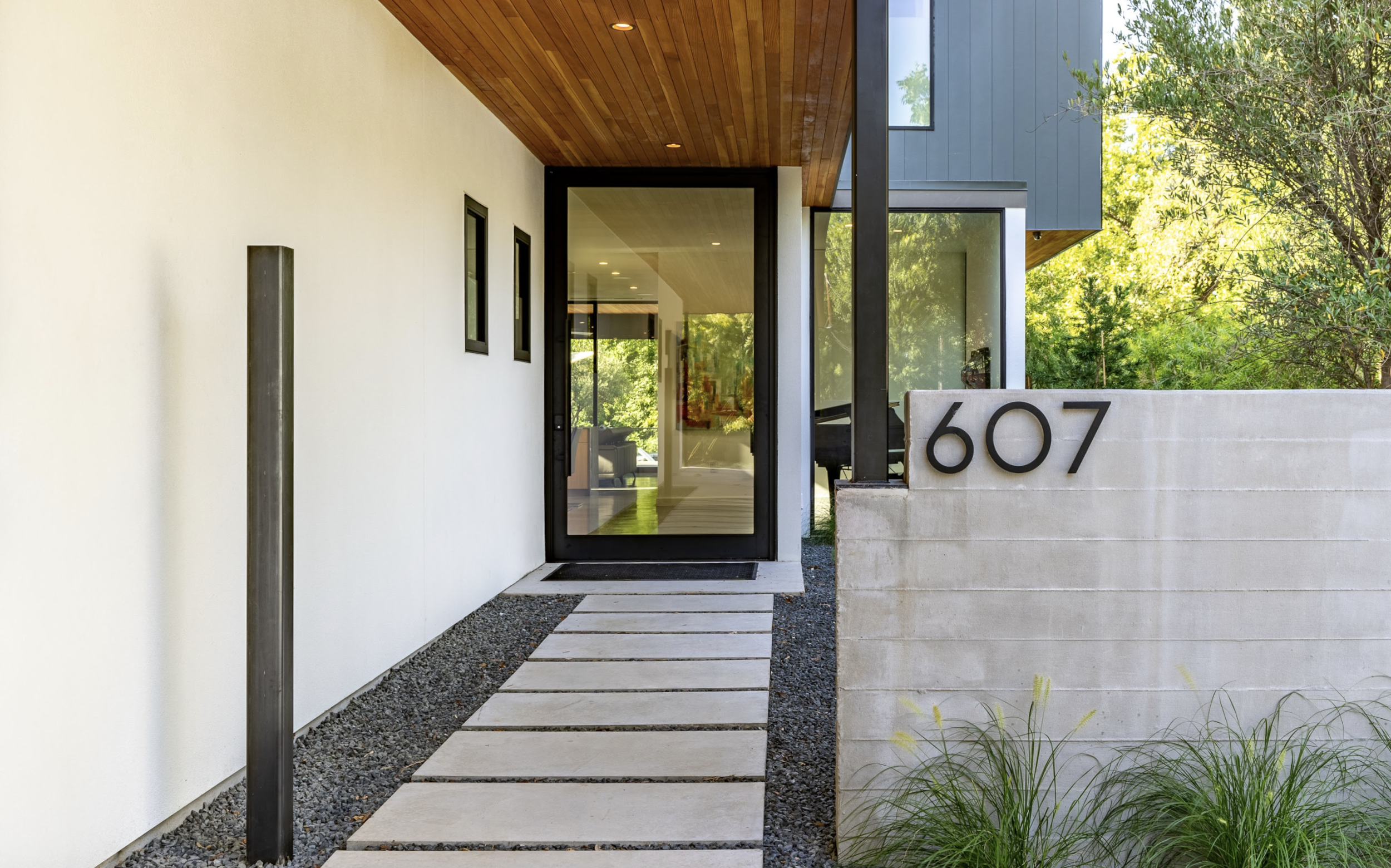California native flower arrangement (Image via CNPS)
We love a good flower arrangement. We also love native plants. Why not a native arrangement, then?
Many US-native plants work fabulously in floral arrangements, and are easy to incorporate into a home planting design. Remember, floral arrangements include more than just flowers. Foliage and branches of all types lend crucial character and fun texture to any arrangement.
Below, we’ll walk you through some of our favorite native species for floral arrangements, along with a few tips for creating gorgeous, regionally unique bouquets.
A flower arrangement of Northeastern native plants via Remodelista.
Why bother making a native bouquet?
Save money. Commercially sold flowers are steeply marked up. Save a buck and grow your own!
Help the environment. Most flowers sold in the US are flown in from South America, generating major environmental impact, from water and pesticide use, to carbon emissions, to plastic and organic waste. Home-growing native bouquets turns floral arrangements into an environmental positive, creating habitat and supporting biodiversity while side-stepping the negative impact of imported flowers.
Regional flair. Who wants to look like everyone else? Regional natives celebrate your home landscape while giving floral arrangements that slightly wild, “just harvested” feel.
A flower arrangement of pollinator-loving plants (Image via Kokoro Garden)
Making the cut
Before you start cutting, make sure you know the proper technique.
When cutting from the garden, cut early in the morning, when plants are most hydrated.
When trimming previously-cut plants, cut at an angle, under water, ideally with a sharp floral knife or clippers. For thicker branches, use pruning shears. Don’t use scissors!
Cut flowers to be no more than two times the height of the vase. One-and-a-half times the vase height is a good target.
Put freshly cut plants in fresh cool water right away, and let them rest for at least an hour before arranging. Change water daily, and make sure it remains clear.
Clean foliage away from all parts of the stem that will be in contact with water (leaves introduce bacteria to water, leading to discoloration and unpleasant smells).
Beyond these tips, it’s important to only harvest from your own garden. If you find flowers growing in the wild, let them stay in the wild.
Image via Absent Gardener
Design Tips
Many principles for designing planting areas also apply to creating floral arrangements. When arranging, consider balance, proportion, rhythm, and visual harmony, as you would in pretty much any visual design task.
Here are a few other handy tips:
Pay attention to filler. Filler is a critical source of character and texture, and acts as a framework to support the more showy flowers in an arrangement. Leaves, grasses, evergreen boughs, and even bare stems are all fair game.
Let there be a star. Not everything can be bold. Use subtler elements to set the stage for a limited number of showstopping blooms. When you limit the number of bold elements, you maximize their impact.
Consider color families. Limiting yourself to a slice of the rainbow lends character and cohesiveness to a bouquet. Try picking a color range for the flowers - oranges and yellows, blues and purples - and then selecting a foliage range to complement - auburn and tan, silver and blue-green.
You can also play with color themes. Make the exterior of one flower match the interior of another.
Wrap bouquets with humble materials like burlap or recycled brown paper, or tie with chunky string. Materials in earthy colors keep eyes on the plants, where they should be.
You can also play with reusable materials as vases. Wine bottles, pitchers, and all manner of tins, cans, and jars can double as vases if they have the right look.
Our most important tip: don’t overthink it. Trust your gut and your eye to let you know when you’ve arrived at something special.
Echinacea flowers (Image via HGTV)
Favorite Natives
The best natives for your arrangement will depend on where you live. Many of the species below are native to large swaths of the country, and they all look great in landscape designs and floral arrangements alike.
Flowers:
Echinacea: E. purpurea is a standout for its big purple flowers, but there are lots of lovely hybrids and colors available.
Baptisia australis: False indigo boasts colorful floral spikes in a range of colors (yellow, pink, purple, blue). The seed pods and foliage also look pretty in meadowy bouquets.
Eupatorium dubium: Joe-Pye weed is an east coast favorite, with creamy pink, fringy flowers. E. dubium ‘Little Joe’ is a popular cultivar.
Rudbeckia hirta: Black-eyed Susans are native to prairies across much of the U.S., and lend wildflower charm, striking contrast, and a sunny glow to floral arrangements.
Hydrangea arborescens: Chunky blooms ranging from light and yellow-green to white. Made for the spotlight.
Achillea: Yarrow is available in lots of colors, but we prefer the softer hues to complement its delicate form.
Penstemon: Try P. spectabilis in the west, P. digitalis in the east. P. digitalis ‘Husker Red’ has wine red stems that contrast dramatically with its creamy flowers.
Monarda: M. fistulosa has a showy, fringy form and creamy pink or lavender coloration, while M. punctata has a more robust, somewhat star-shaped build. Native to much of the U.S. east of the Rockies, with good duration in floral arrangements.
Eschscholzia californica: The California poppy doesn’t last too long in floral displays, but it glows, and as the state flower, it makes a big announcement of regional identity.
Romneya coulteri: The Matilija poppy also doesn’t last long as a cut flower, but it’s papery texture and large size make it a fun textural addition to bouquets.
Mimulus: Monkeyflowers are California natives with big, boldly colored flowers. Cultivars range in color from lemony yellow and creamy orange to purple and burgundy.
Eriogonum: Buckwheats are a drought tolerant staple of floral arrangements. California buckwheat, E. fasciculatum, has tiny, delicate flowers that lend a dreamy feel to bouquets. The flowers also look fabulous when dried.
Symphyotrichum: Asters do wonderfully as cut flowers. S. chilense is a west coast habitat powerhouse with delicate blue, lavender, or white coloration and a big yellow center. S. nova-angliae is the eastern version, with a richer hue.
White sagebrush
Foliage + Filler:
Gaultheria shallon: Rounded, heart-shaped, shiny leaves, with a rich green color that turns maroon in the colder seasons. This is a popular choice for floral designers.
Magnolia: A southern emblem, magnolia leaves are deep green, large, and glossy, lending chunky texture and rich coloration for brighter flowers to pop against.
Chasmanthium latifolium: Native across the south and eastern U.S., northern sea oats have elegant seed heads that lend grassland charm to any arrangement. They dry easily, and last forever.
Cercis canadensis: Eastern redbud has unique pink blooms directly on its branches, making for a striking feature in a floral arrangement.
Sequoia sempervirens: Want your arrangement to scream California? Throw in some redwood foliage.
Artemisia ludoviciana: Native to much of the U.S., white sagebrush is a stunning, silvery-green perennial with delicate leaves. Blend this in to evoke a sun-bleached, dusty character in floral arrangements.
Woodwardia fimbriata: Giant chain fern, a west coast native, has huge fronds that are stunning as character elements in floral arrangements.
Adiantum capillus-veneris: Southern maidenhair fern has lacy foliage that lends delicacy to bouquets.
Elymus condensatus ‘Canyon Prince’: A silvery-blue grass from California, Canyon Prince wild rye contrasts nicely with pinks and other pale flowers. Like Artemisia, its color is the main event, though its grassy texture is great for prairie displays.












